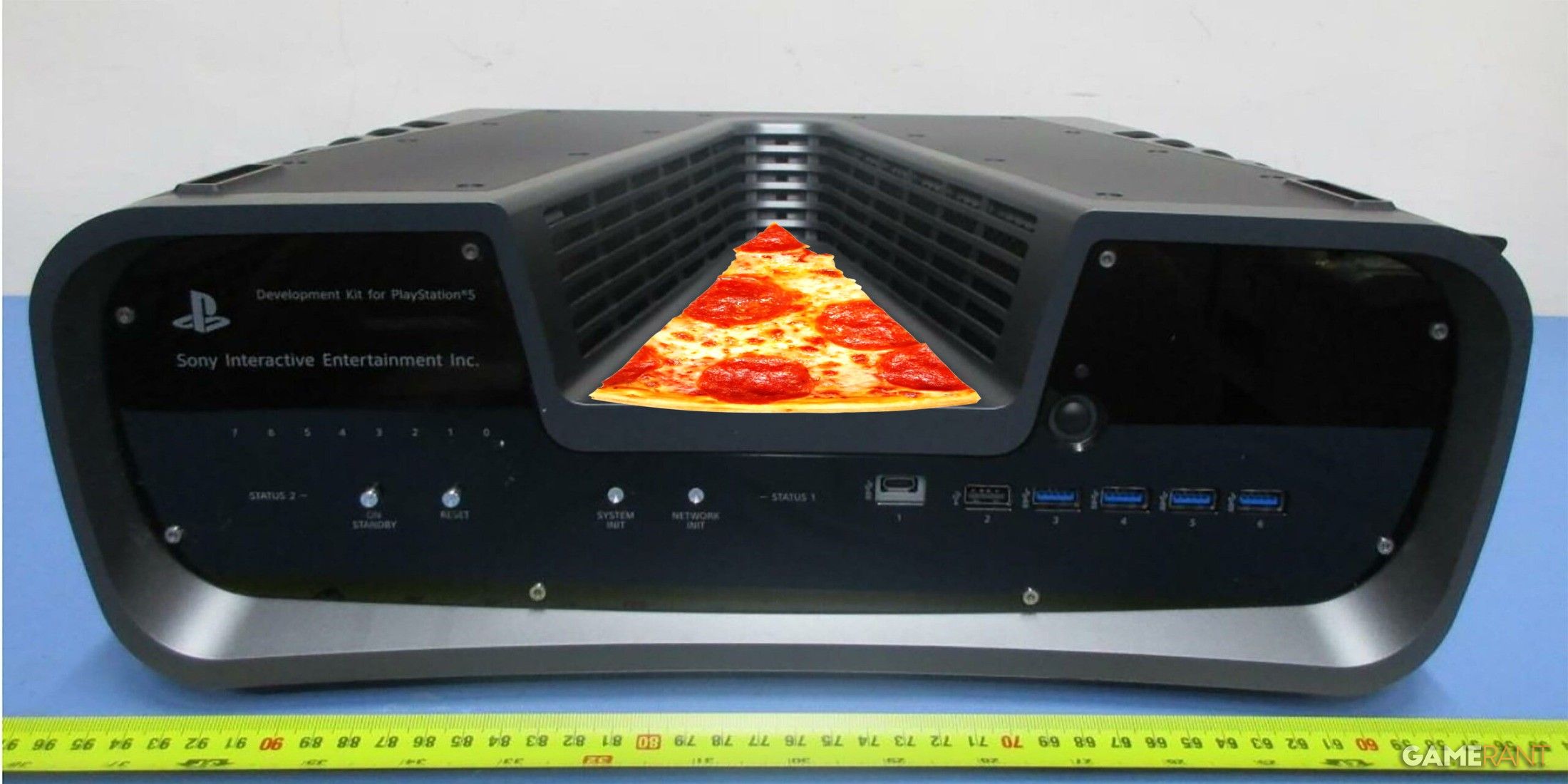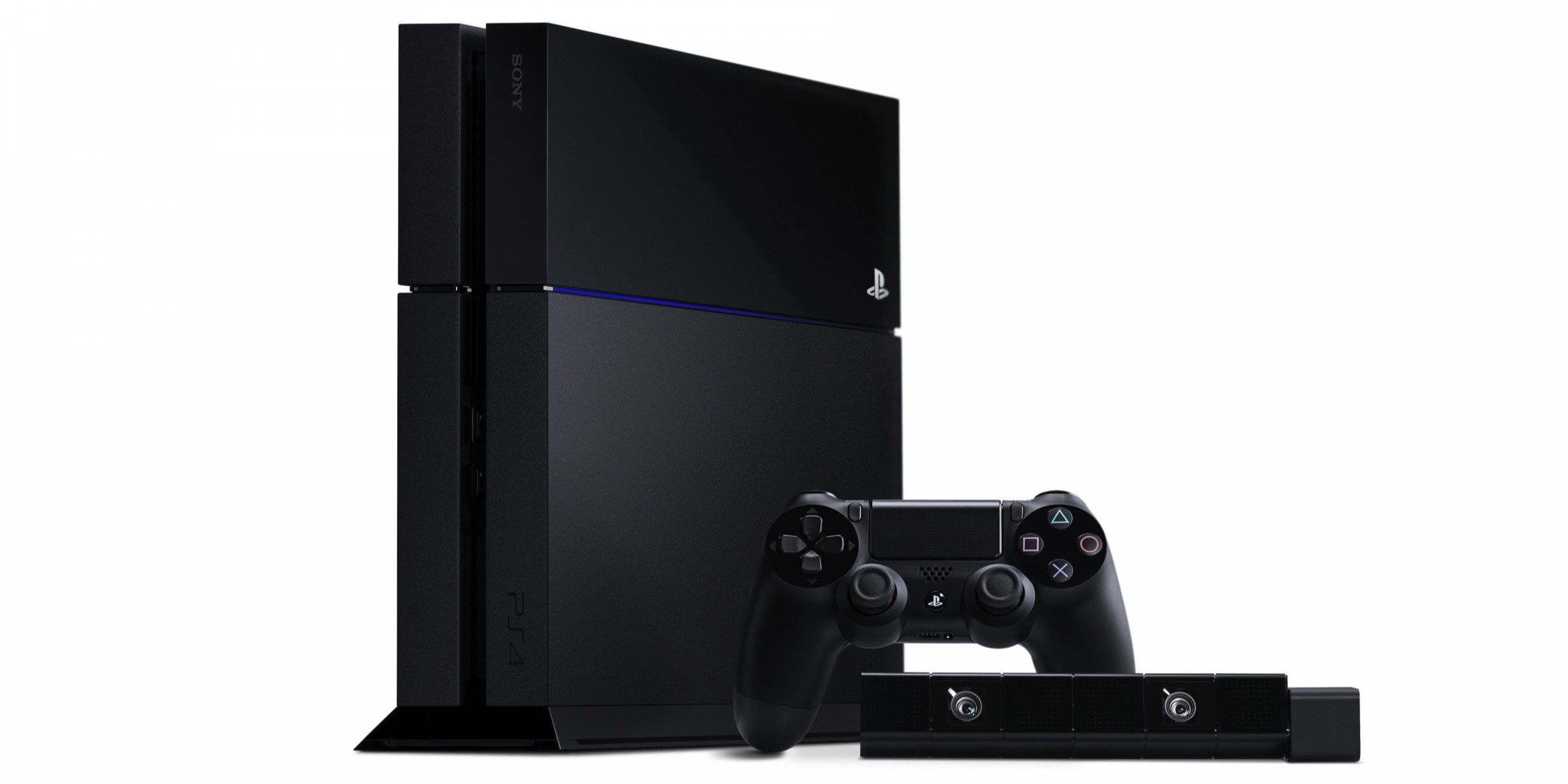Highlights
- AMD's upcoming RDNA 4 "Navi 4x" GPUs are rumored to not include any high-end options, suggesting a focus on the mid-range segment.
- The current RDNA 3 architecture-based GPUs, such as the RX 7900 series, offer significant performance and efficiency improvements compared to RDNA 2.
- AMD may seek to gain market share in the mid-range segment, as it has previously made conscious decisions to not release high-end GPUs in certain lineups. RDNA 4 is expected to deliver even higher performance in the future.
AMD is working on its next-generation RDNA 4 “Navi 4x” GPUs and a new leak suggests that there will be no “high-end GPUs” in the lineup. The current generation RDNA 3 architecture-based GPUs feature "ultra-enthusiast cards", as AMD likes to call them. For example, the RX 7900 series is expected to bring enthusiast grade RX 7700 and RX 7800 graphics cards in this quarter; but more on that later. For now, it seems like the next generation of AMD Radeon GPUs will do things differently.
The chipmaker introduced its RDNA 3 architecture late last year with the Radeon RX 7900 series of cards, which it calls the ultra-enthusiast lineup. They included the RX 7900 XT and RX 7900 XTX that went head-to-head with Nvidia’s RTX 4070/Ti and RTX 4080. They were followed by the more budget-friendly RX 7600, also based on the RDNA 3 architecture. This new technology delivers 54 percent more performance per watt compared to RDNA 2. While the RX 7900 series is based on the Navi 31 Graphics Compute Die (GCD), the RX 7600 is based on the Navi 31 die. The company is now working on RDNA 4 architecture that will bring graphics cards with ‘Navi 4x’ dice.
-
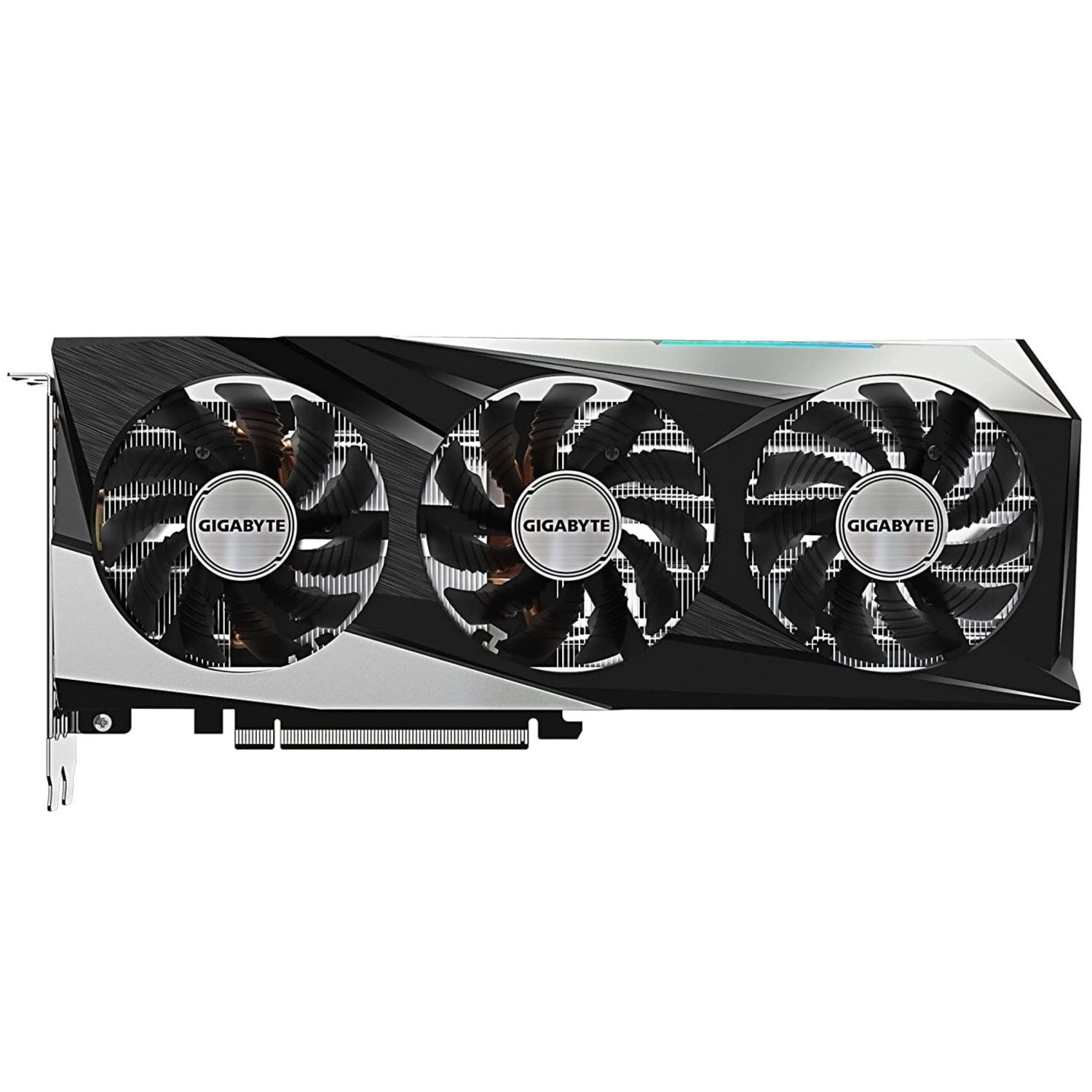
Gigabyte Radeon RX 7600 Gaming OC
The Gigabyte Radeon RX 7600 Gaming OC is a triple-fan dual-slot graphics card that brings Gigabyte's effective WINDFORCE cooling technology. It has three 80mm fans with alternate spinning that work alongside the five composite copper heat pipes that directly touch the GPU. The GPU uses the highest-grade metal chokes, 2oz copper PCB, lower ESR solid capacitors, and lower RDS(on) MOSFETs, among other features.
-

MSI Radeon RX 7900 XT Gaming Trio Classic 20G
The MSI Radeon RX 7900 XT Gaming Trio Classic 20G provides the best value on the market for intense 4K gaming. With a boost clock speed of 2400 MHz and 20 GB of GDDR6 memory, this MSI graphics card outshines the competition. The graphics card's Torx 4.0 fan uses a ring-shaped construction to direct airflow toward heatsinks. Relying on a brushed aluminum backplate, the MSI Radeon RX 7900 XT Gaming Trio Classic 20G is built to withstand years of heat and abuse suffered in a gaming rig.
-
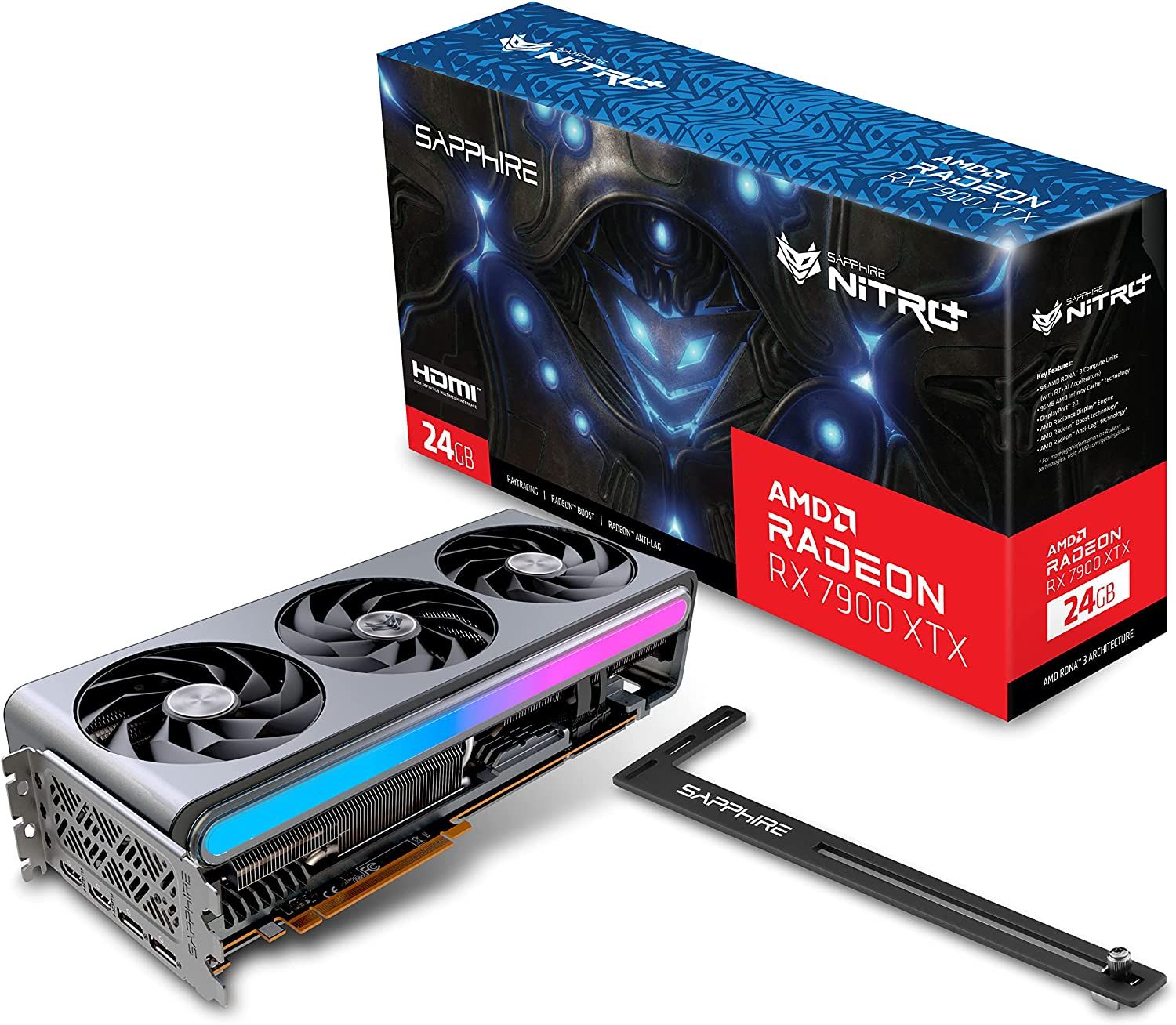
Sapphire Nitro+ Radeon RX 7900 XTX GPU
The Sapphire Nitro+ Radeon RX 7900 XTX is a top-tier graphics card that will run any game at high detail and frame rates. It also offers a unique, user-friendly feature with its Fan Quick Connect system. If a fan issue occurs, there's no need to send the whole card back.
The graphics card also sports a Dual ARGB Light Bar. Not only is the GPU super powerful, but it also provides aesthetic appeal with ARGB LEDs.
Considering the significant performance and efficiency jump from RDNA 2 to RDNA 3, fans of Team Red have been quite excited to see what RDNA 4 can deliver. However, it seems like AMD has different plans as according to a recent leak, the company is going to focus on the mid-range segment with RDNA 4 and not have any high-end GPUs.
Tipster @Kepler_L2, who has proven to deliver credible leaks in the past, shared on Twitter that the Navi 4x lineup will not include any high-end GPUs, similar to the RDNA 1 or Polaris generation. The tipster also states that this information has come from three sources, but since there has been no official news on the same, take this with a grain of salt. The first generation RDNA architecture-based Navi 10 GPUs did not have a high-end offering, unlike the latest Navi 31 and Navi 33 GPUs.
Looking back, the company’s Radeon RX 6000 series had SKUs to compete with all of Nvidia’s SKUs. Currently, it offers the entry-level RX 7600, and the high-end RX 7900 series, leaving a significant gap in the mid-range segment. It should also be noted that with the latest RDNA 3 GPUs, the company made a conscious decision to not release a BFGPU or a “Big Ferocious GPU” like the RTX 4090 in its Radeon 7000 series lineup. It makes sense that the company would now want to focus on the mid-range in hopes of gaining some market share in that segment, especially seeing how popular that segment is.
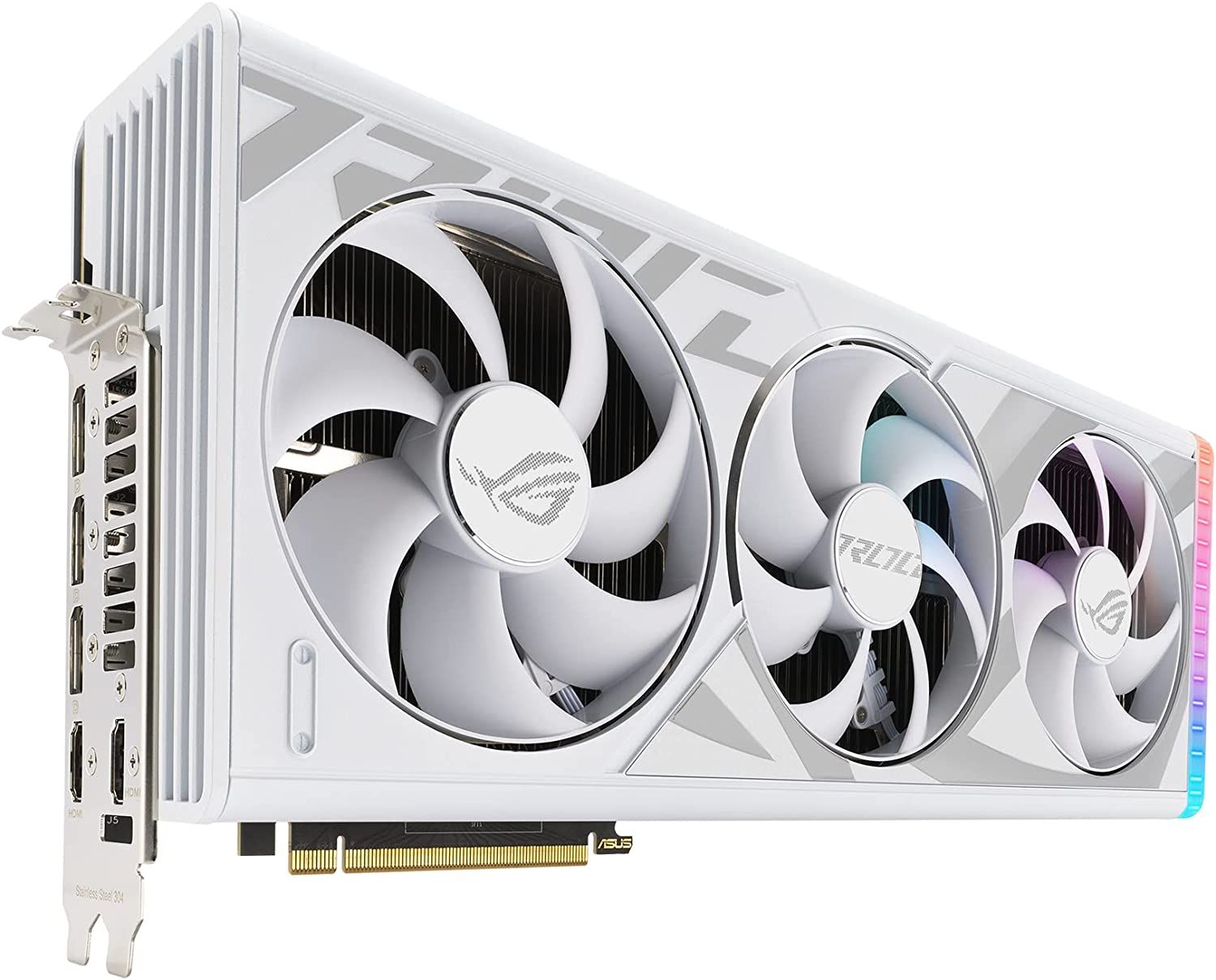
ASUS ROG Strix GeForce RTX™ 4090 White OC
No compromise gaming and productivity
The Asus ROG Strix 4090 OC needs no introduction. It commands its own presence in the current market as the fastest GPU money can buy. It also arguably looks much better in white.
With 24GB of fast GDDR6X RAM on offer in addition to 16,384 CUDA cores on offer in addition to plenty of extras in the box for users looking to get one of the best-looking GPUs in the business, the Strix 4090 OC is a premium GPU and it looks and feels the part too in 2024
RDNA 4 will bring Radeon 8000 series graphics cards next year, which may only include mid-range offerings. But that does not mean fans of Team Red will have to compromise on performance. Earlier this year, AMD's EVP of Computing & Graphics Business Group, Rick Bergman, shared that RDNA 4 will deliver even higher performance in the near future. This means the mid-range offerings in the following generation lineup will deliver better performance than the high-end offerings of the previous generation. Typically, that is the case with next-generation hardware.
Those in the know might be wondering about AMD's RDNA 3.5 GPUs. That architecture is for iGPUs, and is expected to be present in the Ryzen 8000 CPU and APU series. Over the past couple of months, some leaks have suggested that RDNA 3.5 could deliver performance similar to Nvidia’s RTX 3070. The architecture is said to be a mix of RDNA 3 and RDNA 4, though most of the tech is derived from RDNA 3.
-
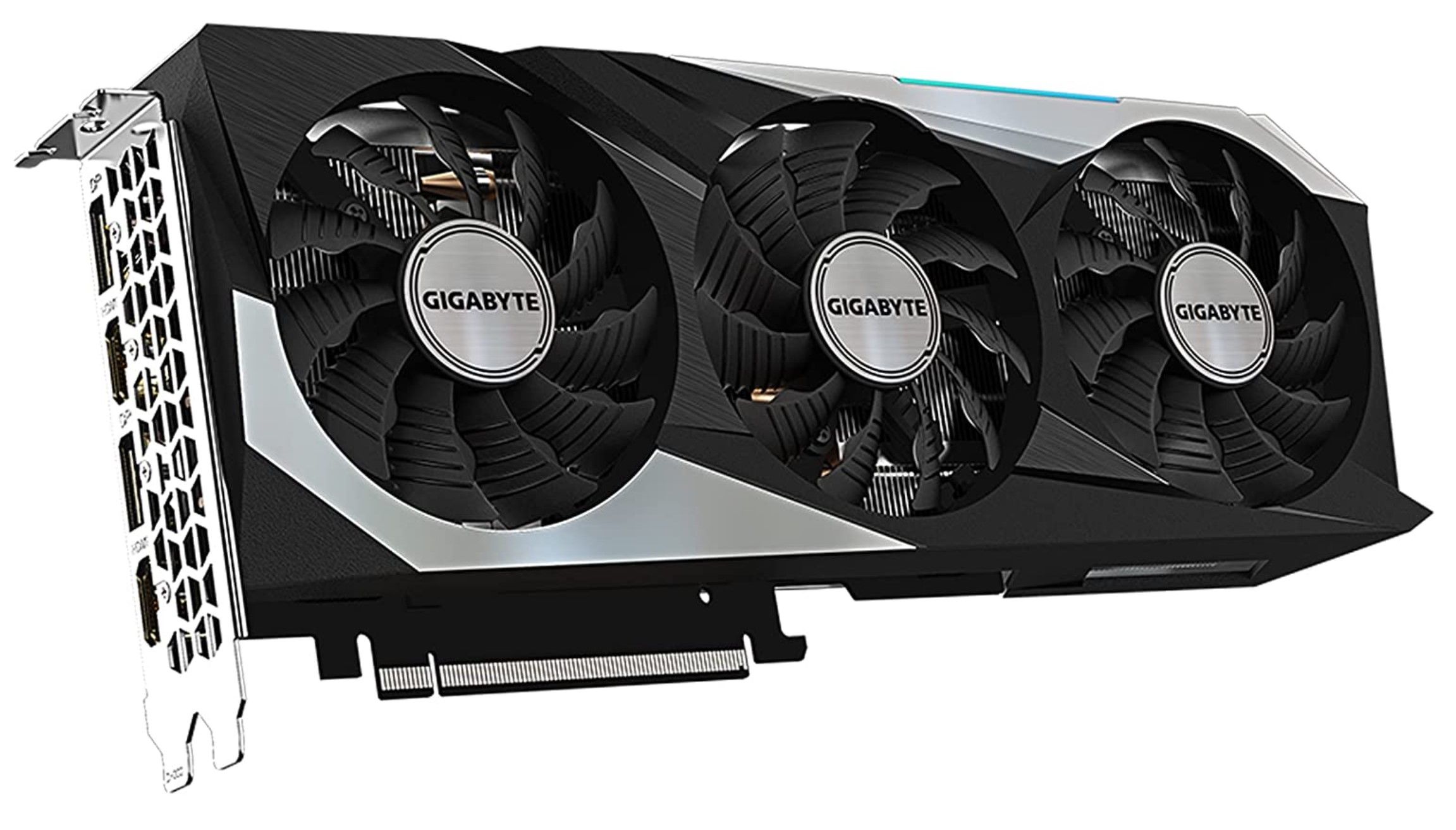
GIGABYTE GeForce RTX 3070 Gaming OC 8G (REV2.0) Graphics Card
$500 $570 Save $70The GIGABYTE GeForce RTX 3070 Gaming OC 8G utilizes NVIDIA's 2nd generation RTX architecture to enable amazing visuals with rock-solid frame rates at high resolutions. The graphics card improves upon the RTX 3070 Founders Edition specs with a maximum clock speed of 1815 Mhz. The Windforce 3X cooling system of the GeForce RTX 3070 GAMING OC 8G keeps the graphics card running cool with 3 80 mm fans and 5 composite copper heat pipes.
-
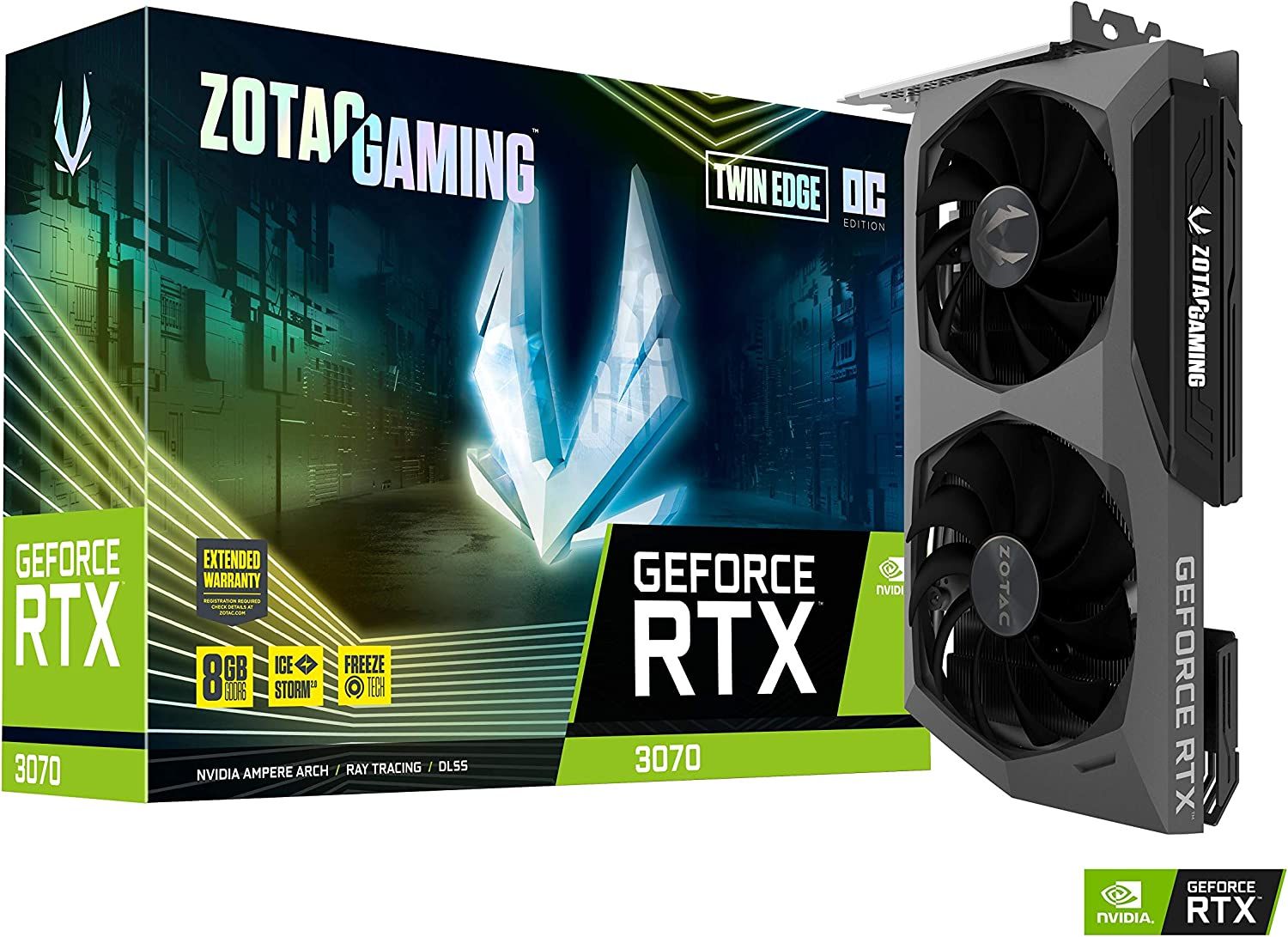
ZOTAC Gaming GeForce RTX 3070 Graphics Card
The ZOTAC Gaming GeForce RTX 3070 features 2nd gen Ray Tracing Cores and 3rd gen Tensor Cores for high-fidelity gaming. It comes with ZOTAC's IceStorm 2.0 Advanced Cooling dual fan system and a metal backplate to ensure the graphics card remains cool under load. With 8GB GDDR6 VRAM, 1755 MHz boost clock speed, and rated power consumption of 220W, the ZOTAC Gaming GeForce RTX 3070 is a VR-ready powerful graphics card.
With that said, AMD has not shared any information on the lineup for the next generation of GPUs other than the rough release timeline of 2024. Whether the company releases any high-end cards in the Radeon 8000 series remains to be seen. Theoretically, it could fuse two mid-range GCDs together to make a more powerful “high-end” GPU. AMD already uses MCM or Multi-Chip-Module technology for its GCDs and MCDs (Memory Complex Die or Multi Cache Die), so it would not be that much of a stretch to expect high-end GPUs with RDNA 4.

